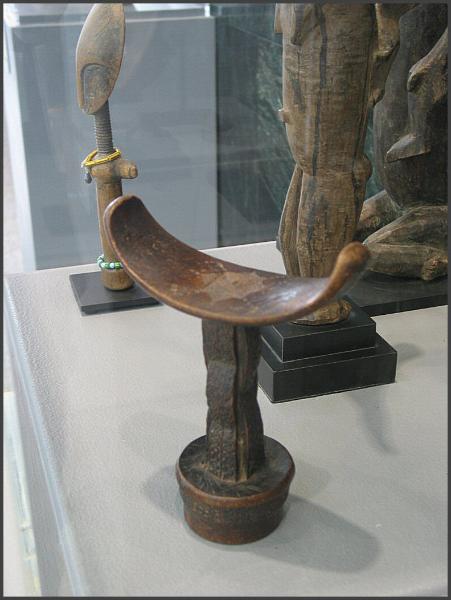Somalia Horn of Africa
Art
Somali art is the artistic culture of the Somali people, both historic and contemporary.

Old carved window frame from medieval Mogadishu.
These include artistic traditions in pottery, music, architecture, woodcarving and other genres. Somali art is characterized by its aniconism, partly as a result of the vestigial influence of the pre-Islamic mythology of the Somalis coupled with their ubiquitous Muslim beliefs. However, there have been cases in the past of artistic depictions representing living creatures such as the golden birds on the Mogadishan canopies, the ancient rock paintings in northern Somalia, and the plant decorations on religious tombs in southern Somalia, but these are considered rare. Instead, intricate patterns and geometric designs, bold colors and monumental architecture was the norm.
The oldest evidence of art in the Somali peninsula is pre-historic rock paintings. The rock art of Laas Geel are thought to be some of the best preserved in Africa, representing cows in ceremonial robes accompanied by humans. The necks of the cows are embellished with a kind of plastron; some of the cows are depicted as wearing decorative robes. The paintings not only show cows, but also domesticated dogs, several paintings of canidae and a giraffe.
Aspects of ancient Somali styles of architecture and art can be seen in the various Somali civilizations that flourished under Islam, particularly during the Mogadishan Golden Age and the Empire of Ajuuraan period (especially in the domain of architecture). In the early modern and contemporary era, poetry and theatrical ventures shaped much of today's Somali artistic culture.

Somali headrest (barkin).
Men in East Africa use headrests both as pillows and as indicators of status. This type of man's headrest is used by the Boni of northeastern Kenya and southern Somalia and by Somali nomads the patterns on Somali and Boni headrests probably reflect the Islamic influence in the region.
Some scholars interpret the patterns and iconography as a "form of shorthand for a prayer," to ensure God's protection of the sleeper. Headrests also play an important role in the nuptial ceremonies of Somali nomads. On his wedding night, the groom places the tubash (a sum of money) under the bride's headrest. The morning after the marriage is consummated; the bride will use this money to purchase an amber necklace, the symbol of her new status.
The headrests are carved from a single piece of fine-grained wood known as Hagar in Somali, or also yucub wood. The wood is usually left its natural color, but is sometimes painted red or black by its owner. They may be carved by the owner or commissioned from an artist.